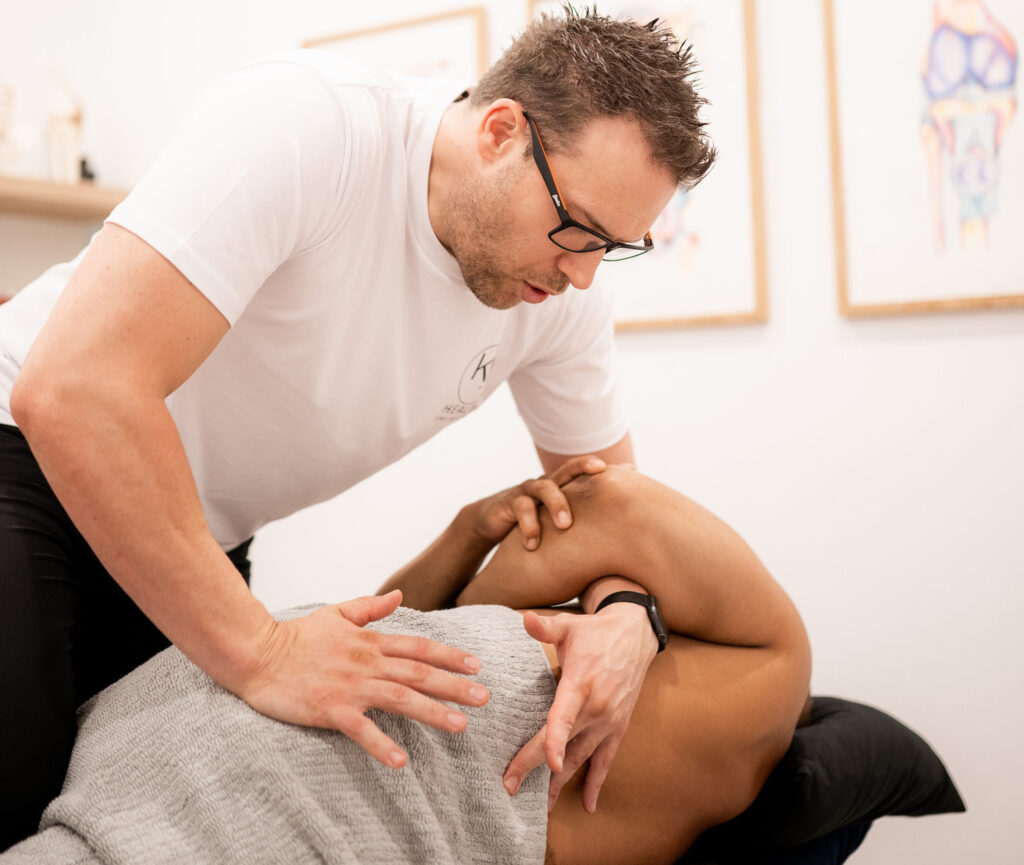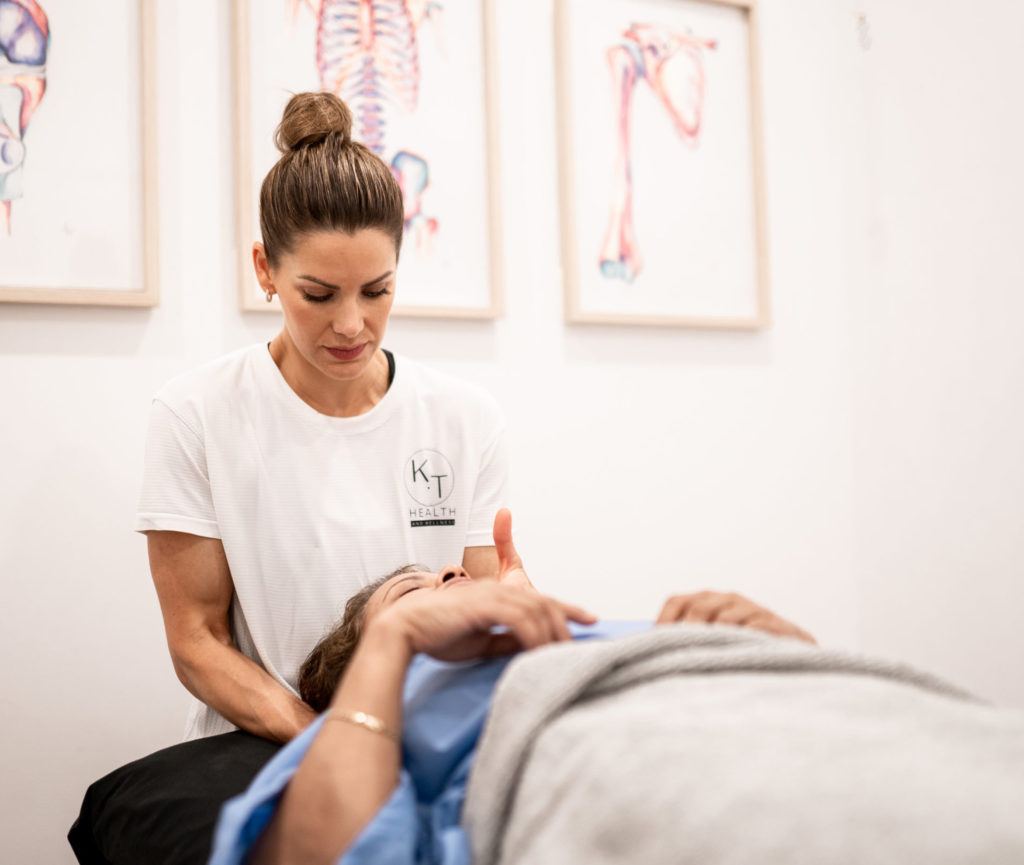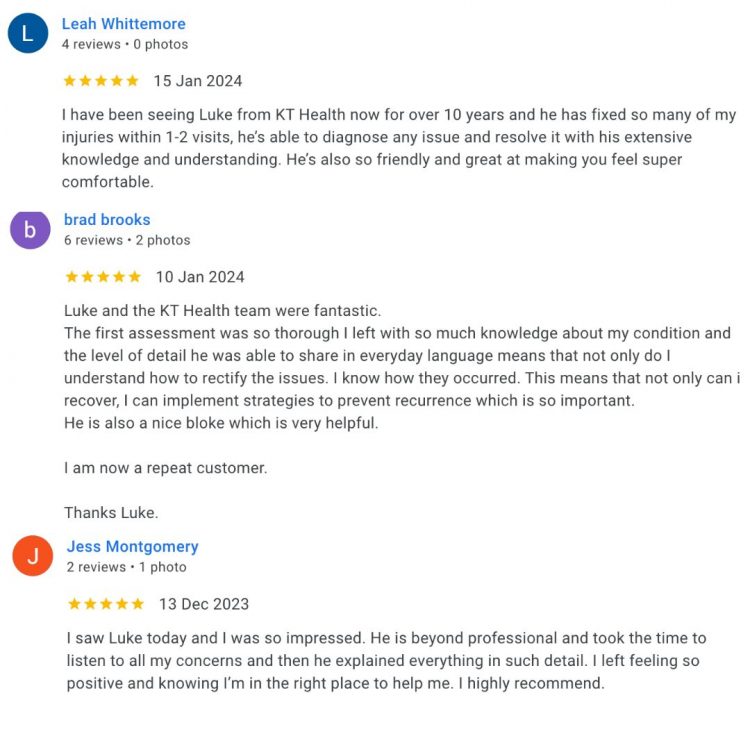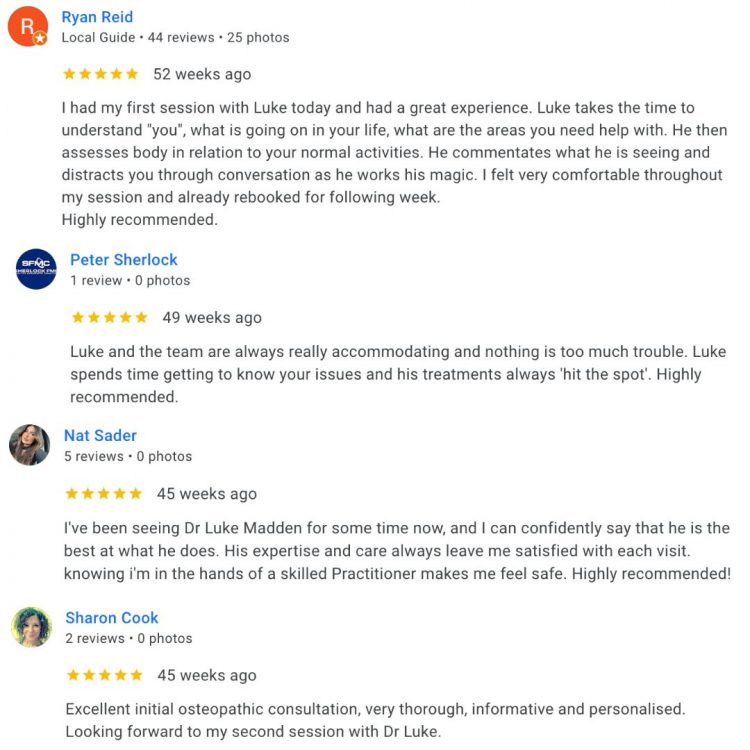Everything You Need to Know About Osteitis Pubis
What is Osteitis Pubis?
Osteitis pubis is a condition where the pubic symphysis, the joint at the front of the pelvis, becomes inflamed. It causes pain in the groin, lower abdomen, or pelvis, especially during running, kicking, or twisting movements. It’s an overuse injury, common in athletes, especially footballers, runners, and dancers.
An analogy…
Think of the pubic symphysis like a shock absorber between the left and right sides of your pelvis. If you overload it over time, it becomes inflamed and irritated, like a cracked rubber buffer that can no longer cushion properly.
What are other names that osteitis pubis can be called?
Pubic Symphysitis
What causes osteitis pubis?
The pubic symphysis is a cartilaginous joint where the two halves of the pelvis meet. It allows small but important movement for activities like walking, running, and twisting. Repetitive stress or imbalance across the pelvis, from tight muscles, weakness, or poor movement control, can cause inflammation, joint irritation, and microtearing of nearby tendons.
What are the signs and symptoms of osteitis pubis?
- Groin pain or pain at the front of the pelvis
- Pain worsens with running, kicking, sprinting, cutting, or twisting
- Tenderness over the pubic bone
- Pain when lifting one leg or squeezing the knees together
- Stiffness or aching, particularly after exercise
- Reduced flexibility in the hips or pelvis
- Clicking or grinding in the pelvic area during movement
What tests are used to diagnose osteitis pubis?
Palpation: Pressing over the pubic symphysis reproduces pain.
Adductor squeeze test: Pain when trying to squeeze the knees together against resistance.
Single-leg stance test: Standing on one leg may cause pain if instability is present.
How long does osteitis pubis take to heal?
Mild to moderate cases may improve in 6 to 12 weeks with proper management. More stubborn or severe cases may take 3 to 6 months.
How does osteitis pubis happen?
- Overuse from running, kicking, twisting sports
- Muscle imbalances
- Pelvic instability or poor load transfer between sides of the body
- Sudden increase in training load
- Poor technique during running, kicking, or change-of-direction drills
- Previous groin or hip injuries
What treatment can help osteitis pubis?
- Rest or modify activity
- Ice therapy in the acute stages to reduce inflammation
- Manual therapy (massage, joint mobilisation, soft tissue release)
- Structured exercise rehab
- Postural and movement retraining
- Shockwave therapy
What exercises or stretches can I do for osteitis pubis?
- Isometric adductor squeezes
- Glute bridges and side-lying hip strengthening
- Core stability exercises
- Hip mobility drills
- Balance and pelvic control exercises
What products can help with osteitis pubis?
Bridge with resisted hip abduction
Place a resistance band loop around both thighs, just above your knees.
Lie on your back with your knees bent and feet flat on the floor.
Place legs hips width apart so that there is tension in the band.
Raise your hips up into a bridge, keeping the knees hips width apart.
Control the movement back down to the start position, maintaining constant tension on the band.

Seated adduction ball squeeze
Start in a seated position.
Place a ball between your knees.
Squeeze your knees together, placing pressure on the ball while activating the inner thigh muscles.

Hamstring stretch supine (both legs straight)
Lie on your back with both of your legs straight.
Bend the leg that you would like to stretch and bring your knee in towards your chest.
Clasp your hands together behind your thigh.
Allow your thigh to rest in your hands with your arms straightened.
Keeping your upper body relaxed, slowly straighten your knee, bringing your foot up towards the ceiling.
Hold the position when you feel a stretch at the back of your thigh.
To ease off the stretch, bend your knee again.
Repeat.

Hip flexor stretch
Stand up straight next to a wall or supporting surface.
Take a large step backwards with your affected leg.
Keep your back heel slightly off the ground with the knee soft.
Slowly lower your back knee towards the ground while pushing your pelvis forwards.
Keep your body upright.
You should feel the stretch at the front of the back hip.
Hold this position.

Pelvic floor – goblet sumo squat
Hold a dumbbell, keeping it close to your chest.
Stand with your feet placed wider than your hips and turn your toes out slightly.
Squat down, bending your knees out over your toes and keeping your back straight.
Squeeze and lift your pelvic floor as you return to the start position, fully straightening your knees.

STOP GUESSING – START MOVING
See what other people have said about our osteopaths
Trustindex verifies that the original source of the review is Google. KT health has really helped my back and i have been able to get back into competitive sportTrustindex verifies that the original source of the review is Google. Absolutely amazing, I see Louie Nouh who always listens and caters to my needs. He is amazing at his job and always helps alleviate my pain. I highly recommend Louie.Trustindex verifies that the original source of the review is Google. Friendly, supportive staff. Such a lovely place to exercise! Highly recommend.Trustindex verifies that the original source of the review is Google. Amazing instructor, I am new to Pilates felt very comfortable & supported.Trustindex verifies that the original source of the review is Google. I have been suffering from shoulder and neck pain for months - I saw Dr Louie Nouh a couple of time. His treatment really relived the pain. I have full range of movement now. His knowledge on exercise is fantastic.Trustindex verifies that the original source of the review is Google. Absolutely love reformer at menai. Instructors are amazing. Love Michaela and love the small classes. Highly recommend!Trustindex verifies that the original source of the review is Google. The trainers are all amazing , they explain everthing step by step and help where needed . It is an amazing place to relax get to know other people have a laugh . I recommend for anyone .Trustindex verifies that the original source of the review is Google. Ever since I came here I’ve been looked after by Louie and my shoulder is already feeling much better. Highly Recommend these are good people.Trustindex verifies that the original source of the review is Google. SENSATIONAL Chiropractor in Menai! I attended my first appointment with Dr Louis Nouh at KT Health & Wellness who is an absolute genius even after one session with him. He explained everything he intended to address about my lower back condition, all in easy to understand, layman’s terms. He said he would call me the next day to follow and see how I was feeling after our session and guess what, he did! During our session, he made me feel relaxed and comfortable especially as it was my first chiropractic appointment EVER! For some reason, I am actually looking forward to my subsequent sessions with him next week. Don’t get me wrong, he did poke, prod and crack me as necessary but the results made it seem worth it.Trustindex verifies that the original source of the review is Google. I have been seeing Melinda now for a couple of months to help with bursitis in my hip. She is one of the best practitioners I’ve ever seen.. With the use of various tools and techniques she has helped me recover much quicker than I expected. Thanks Mel and see you tomorrow!
We don't offer magic fixes or cures, but a sustainable approach to back pain.
Our Osteopaths will offer you a road map to help you take control of your back pain and feel great again.
BOOK YOUR OSTEOPATH VISIT TODAY
Book a Time with Dr Luke Madden Below
Book a Time with Dr Melinda Madden Below
Already have an account?
Book as a guest
- Book an Appointment






